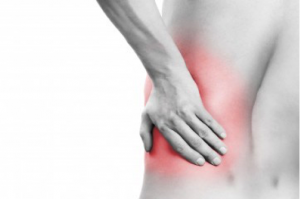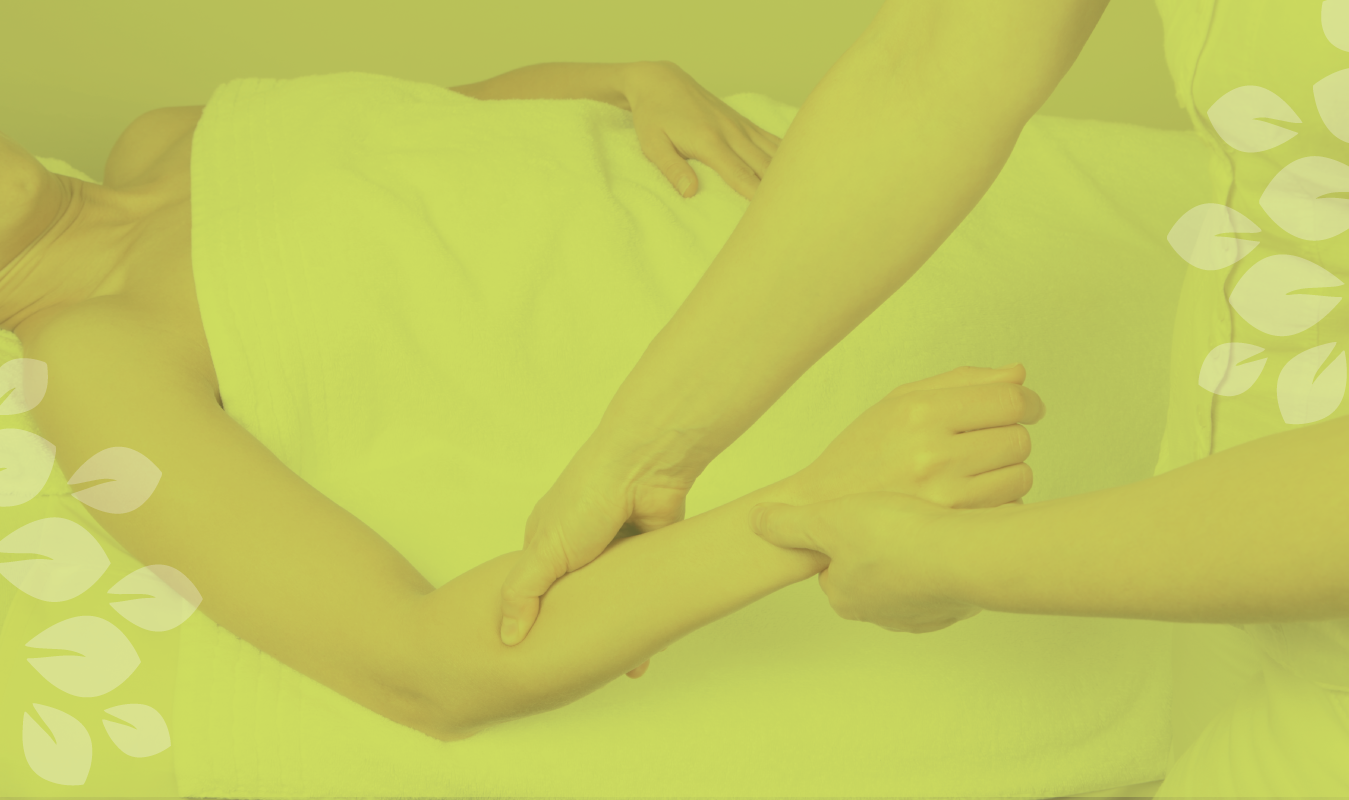28 May Real Causes Of Low Back Pain – Part Two
Real Causes Of Low back pain
Real causes of low back pain.
Myth 5: stronger muscles will cure my back pain.
Therapists often start with strength exercises as these are the easiest to begin with in rehabilitation simply because it is the easiest thing to measure in patients. They have decided that a measure of strength is a measurement metric for disability which does not bear out in reality. Having to much muscles strength can place a disroportionate amount of body strain in relation to the rest of the body. A resilient back has matched endurance strength and contractile strength. Maintaining proper motion requires endurance and we must place emphasis on endurance over strength. Only after we have balanced strength and endurance can we have a healthy back and then once we have increased endurance only then can we start to develop strength training.
Myth 6: stretching is good for reducing back pain.
Stretching is universally taken to be beneficial for back pain sufferers, this is an outdated concept. There is not good stretch for all patients, just as there is no single cause of back pain. Stretching routine should be part of the whole programme for patient which should include a stability programme. Stretching produces a stretch reflex and this gives 15 to 20 minutes of relief. Encourage patients to modify daily movements to keep spine in postures that do not trigger pain, therefore allowing back to maintain neutral position and mobility will return.
Myth 7: having a powerful back is protective.
Power is the product of velocity and force. So high power generated when quickly bending the spine together with a forceful exertion. Generating high power in the spine in problematic, as it increases the risk of injury. For example if spine movement or bending occurs at high velocity, the forces (load) must be low in order to avoid injury. An example of this is golf swing, the velocity is high but the force is low.
Alternatively, if the force is high the velocity must be low to avoid injury to back. The risk of injury can be controlled by the use of low power in spine.
Information taken from Stuart Mc Gill’s work over the past 30 years of human biomechanical study. He also is a published author of human biomechanical books and research papers.



